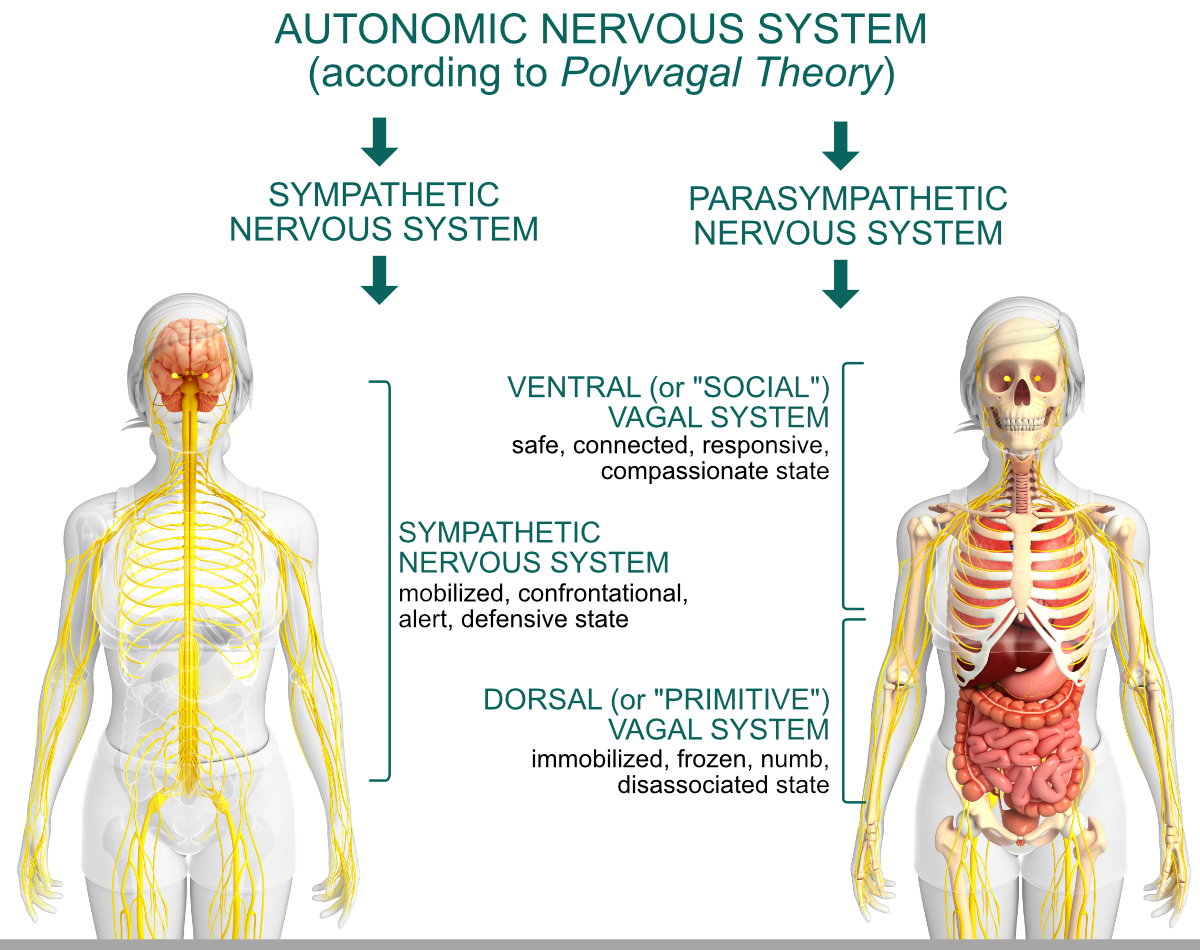Ayurvedic medicine is based on the idea that the world is made up of five elements:
- Aalash (space)
- Jala (water)
- Prithvi (earth)
- Teja (fire)
- Vayu (air)
Each element combines to form one of three doshas: Vata, Kapha, and Pitta. These doshas are believed responsible for a person’s physiological, mental, and emotional health.
Vata
Vata is responsible for every movement of the body; our eyes blinking, our circulation, our elimination, running, jumping, and playing. Since Vata people are made of air and space, they don’t have a lot holding them together. Therefore, they easily return back into a balanced state.
Vata consists of the air & space elements. Increasing these elements in your diet and lifestyle will increase them in you too. Vatas tend to be smaller build, can struggle to keep weight on, and are high-energy, highly creative people.
Vata individuals can have sensitive digestion and benefit from 3 full meals. Foods that are pacifying to Vatas are hearty grains, hot cereals, sweet potatoes, squash, avocados, soups, and stews.
Dry, cold, windy weather can aggravate Vata. Vata-like routine, self-care, and routine are essential.
Vata season is Fall-mid-winter; the time of day is 2-6 am and 2-6 pm.
Pitta
Pitta is responsible for digestion and transformation; heat transforms food, thoughts, and physical exertion into energy. Pitta individuals are sturdier from fire and air than Vatas, so it takes a moderate amount to throw Pittas off balance and a moderate amount to return to a balanced state.
Pittas are sturdier than vatas; it takes more to throw off balance but more for them to return to a balanced state.
Physically Pittas are typically medium/athletic build. They run hot, have sensitive skin, tend toward acidity, and have sharp, penetrating voices.
They are also known as the dosha that gets it done. They are focused, driven, and disciplined. They are passionate, intense, and intelligent.
Good foods for those that want to pacify Pitta are sweet, cooling foods like cucumbers, milk, fruit, salads, legumes, and rice, and avoid overly oiled, fried foods. When out of balance, they tend toward an extremely competitive nature. They can be dominant, impatient, and irritable.
Their mantra should be cooling, calming, and moderate.
Pitta season is the summer, mid-May through Sept. The time of day is 10 am to 12 pm, and 10 pm to 12 am.
Kapha
Kapha is responsible for the lubrication and the structure of the body. Because of their sturdiness, Kapha individuals tend to be the healthiest physically and mentally of the three doshas. Since they are made of earth and water, Kapha people are sturdy and grounded but can be challenging to move. When happy and comfortable in one place, they can resist change. Kapha individuals tend to have large soft eyes and thick hair; they’re calm, loving, and devoted and tend toward congestion, weight gain, and sluggishness.
Physically Kapha people are a more muscular, studier build. They are known to have dark thick hair and dark deep watery eyes. Kaphas are known to be grounding, happy, and comfortable. They are calm, loving, and devoted.
Kaphas need warm, stimulating foods and should typically avoid overly sweet, heavy foods. Beans, potatoes, broccoli, cauliflower, cabbage, and dried fruit are good for pacifying Kapha.
Kaphas are aggravated by wet, heavy elements and can tend toward procrastination, excessive sleep, congestion, and difficulty letting go.
Kapha season is early Winter (Dec) through Spring. The time of day is 6 -10 am and 6-10 pm.
Taught to us by Amber Allen



![Human joint movement. Reproduced from [9] | Download Scientific Diagram](https://www.researchgate.net/profile/Sebastian-Glowinski/publication/291955972/figure/fig1/AS:340392206716931@1458167234461/Human-joint-movement-Reproduced-from-9.png)


